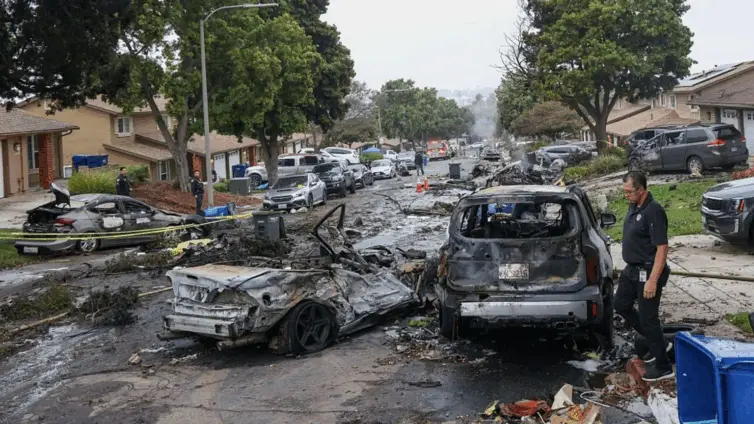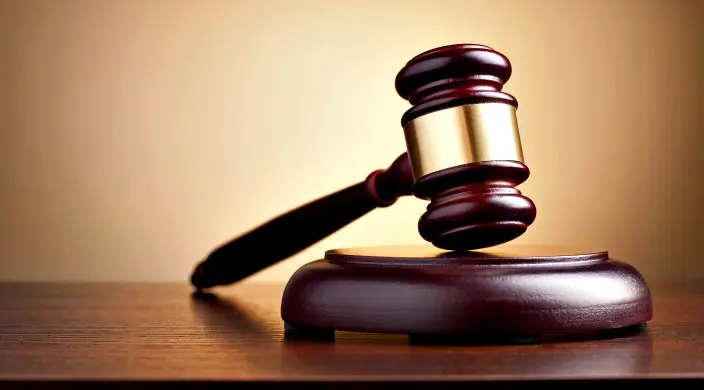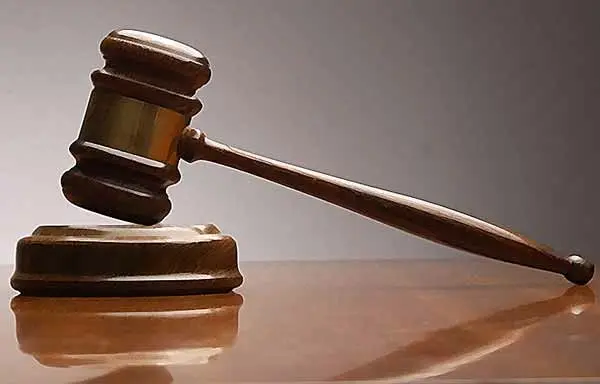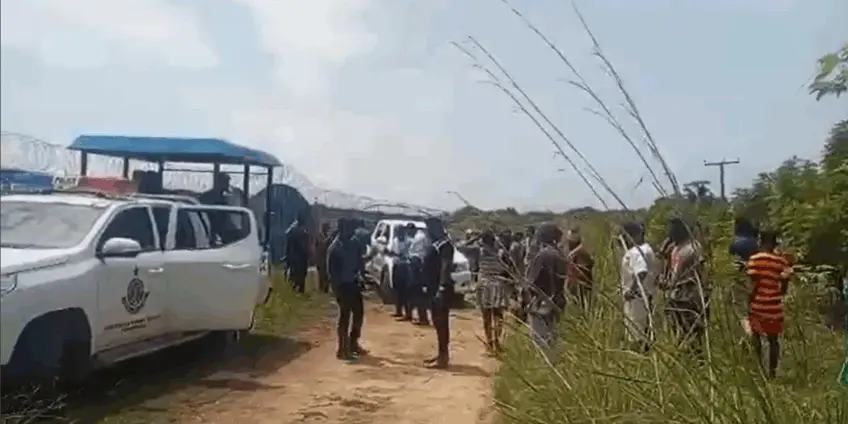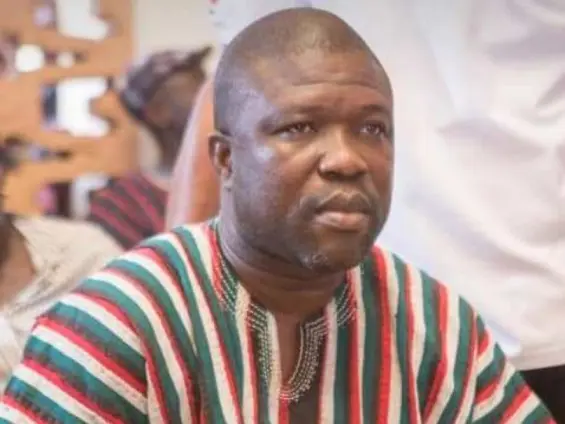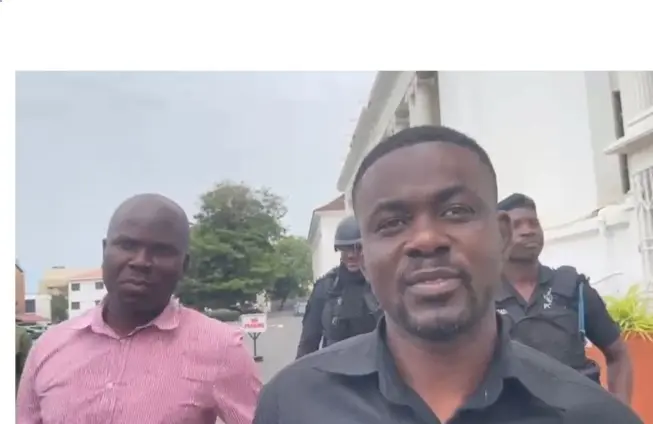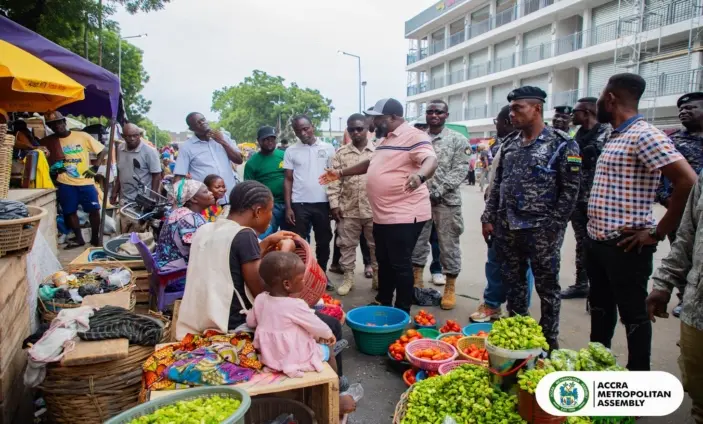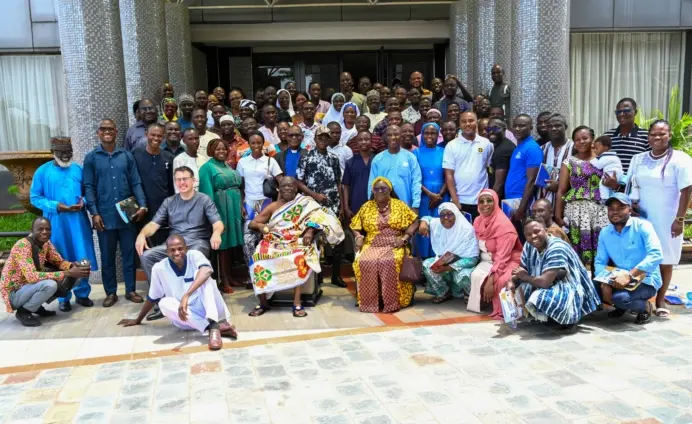Infrastructure is the backbone of modern society, facilitating daily commutes and economic activity. When it’s compromised, the ripple effects can be felt throughout the community. Recently, a viral video brought to light a troubling case of Achimota-Ofankor underpass vandalism, prompting swift condemnation from the Ghana Highway Authority (GHA).
In a public announcement released on May 14, 2025, the GHA addressed the reported vandalism at the Tantra Hill underpass on the Achimota-Ofankor road. The incident, captured in a video by Buzzstopboys, showed significant damage to the underpass structure.
The Achimota-Ofankor underpass vandalism incident involved the illegal removal of steel reinforcements, also known as rebars, from the retaining wall of the Tantra Hill underpass. The GHA’s statement confirmed that the exposed rebars were a direct result of this destructive act. The video highlighted the extent of the damage, raising concerns among regular users of the road and the wider community.
Prior to this incident, an engineering assessment by the GHA had already revealed localized spalling, which refers to the chipping or flaking of the concrete surface, exposing the rebars within the underpass structure. This existing vulnerability made the rebars an easy target for theft and further damage.
In response to the Achimota-Ofankor underpass vandalism, the Ghana Highway Authority moved quickly to reassure the public that, despite the damage, the underpass remains structurally sound and safe for use. This assurance was aimed at allaying fears among commuters who rely on the underpass daily.
The GHA also announced that repair works are scheduled to commence soon. These repairs are intended to prevent further deterioration of the underpass and to restore the structural integrity of the affected areas.
Furthermore, the GHA issued a stern warning against tampering with public infrastructure. According to the Road Traffic Regulations, 2012 (LI 2180), such acts are considered criminal offenses. The GHA emphasized the importance of community vigilance, urging the public to report any suspicious activity to the police or directly to the GHA.
“We must protect our roads together,” the GHA stated, highlighting the shared responsibility in maintaining public infrastructure.
The Law and Our Shared Responsibility
Vandalizing public infrastructure carries serious legal consequences under the Road Traffic Regulations, 2012 (LI 2180). Penalties can include fines, imprisonment, or both, depending on the severity of the damage and the potential risks caused. Beyond the legal repercussions, the dangers and costs associated with infrastructure damage are substantial, affecting not only the immediate safety of road users but also incurring significant repair expenses that ultimately burden taxpayers.
Reporting suspicious activities is crucial in preventing further incidents of vandalism. Individuals can report any concerns to the nearest police station or contact the GHA’s Public Affairs Division directly. Community vigilance plays a vital role in safeguarding public assets and ensuring the continued safety and functionality of essential infrastructure.
The Achimota-Ofankor underpass vandalism serves as a stark reminder of the importance of protecting public infrastructure. The GHA has condemned the act and is taking steps to repair the damage and prevent future occurrences. By working together and remaining vigilant, the community can help ensure the safety and longevity of vital infrastructure. It is hoped that heightened public awareness will help deter future incidents of Achimota-Ofankor underpass vandalism.
Image Source: MYJOYONLINE


